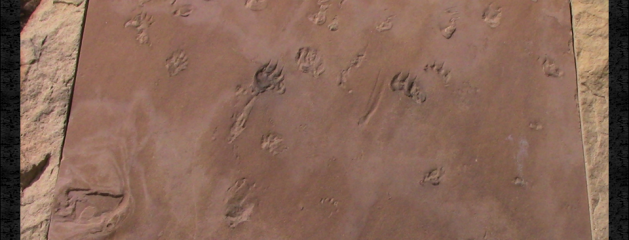“Animal tracks almost always precede body fossils in the fossil record, as paleontologist Dr Marcus Ross explains (see Reading evolution into the Scriptures and Is Genesis History?): “This is a pattern we see in several different groups, where their footprints are first, and their body parts are later. For the trilobites, for the amphibians, for the dinosaurs—the first time I find evidence of them in the fossil record, it’s from trackways, not from hard parts. From...
Read MoreTracks up to the fossils!


